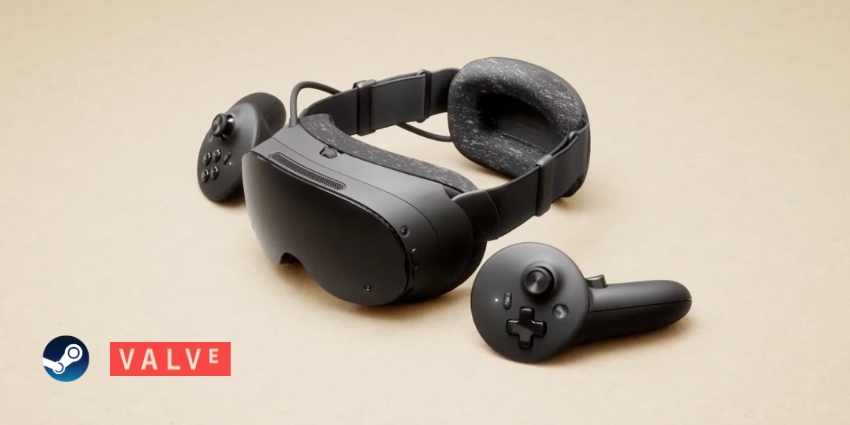Stanford University has designed a lightweight virtual reality (VR) headset that could mark the end of users complaining about comfort levels.
- Will these High-End VR Headsets Shift the Market?
- First Look at Meta’s New Smart Glasses Design
- VR/AR Headsets and Smart Glasses: What’s the Difference?
The latest VR headset design uses both metasurface waveguides and AI-powered holography to create immersive experiences right in front of our eyes.
Gorden Wetzstein, Associate Professor of Electrical Engineering at Stanford University led a team of researchers in the construction of a prototype for the lightweight glasses.
Wetzstein “Our headset appears to the outside world just like an everyday pair of glasses, but what the wearer sees through the lenses is an enriched world overlaid with vibrant, full-colour 3D computed imagery.
“Holographic displays have long been considered the ultimate 3D technique, but it’s never quite achieved that big commercial breakthrough.
“Maybe now they have the killer app they’ve been waiting for all these years.”
A Revolutionary Approach
Metasurfaces waveguides are tiny nanostructures that can alter the movement and appearance of light as it passes through a specially engineered material, ultimately allowing users to view 3D images through the new design.
To achieve this, Stanford employed three key technological approaches.
It used spatial light modulation to adjust the intensity, direction, and phase of the light.
A virtual reality device creates complex light patterns to enable the headset to determine how the light will intersect with the metafsurface, which then adjusts the image on display.
Computers are used to make adjustments to the nano-light sequences, depending on the user interaction and environmental change, ensuring the content is high enough quality.
Meanwhile, artificial intelligence is working away in the background to enhance image formation, optimise wavefront manipulation, perform complex calculations, recognise patterns, and adapt to new data.
Real-time processing and optimisation are greatly improved with AI’s potential to process large datasets.
Machine learning helps XR systems to get better with time as it is able to process camera feedback, enhance holographic images and image quality, while reducing the number of errors.
Finally, AI helps to handle non-linear and high-dimensional data, as well as the integration of various data types, including optical, environmental, and spatial data.
Years in the Making
Stanford University’s VR headset designs did not appear out of nowhere. In a paper published by Stanford researchers in 2022, ‘Holographic Glasses for Virtual Reality’, it outlined its plans to build lightweight VR glasses: “We propose a holographic near-eye display system that offers 2D or 3D image presentation to each eye with a device thickness of just a few millimetres.
“Our system builds on recent ideas that use artificial intelligence techniques to improve the image quality and accelerate the computation of computer-generated holograms.
“With our design and experimental prototypes, we hope to stimulate new research and engineering directions toward ultra-thin all-day-wearable VR displays with form factors comparable to conventional eyeglasses.”
At that time, the work contributed a full-colour 3D holographic near-eye display with thin and lightweight glasses, optical bench and wearable prototypes weighing 60 grams, an algorithmic framework called Pupil-HOGD, and an analysis of the design trade space for holographic glasses.







